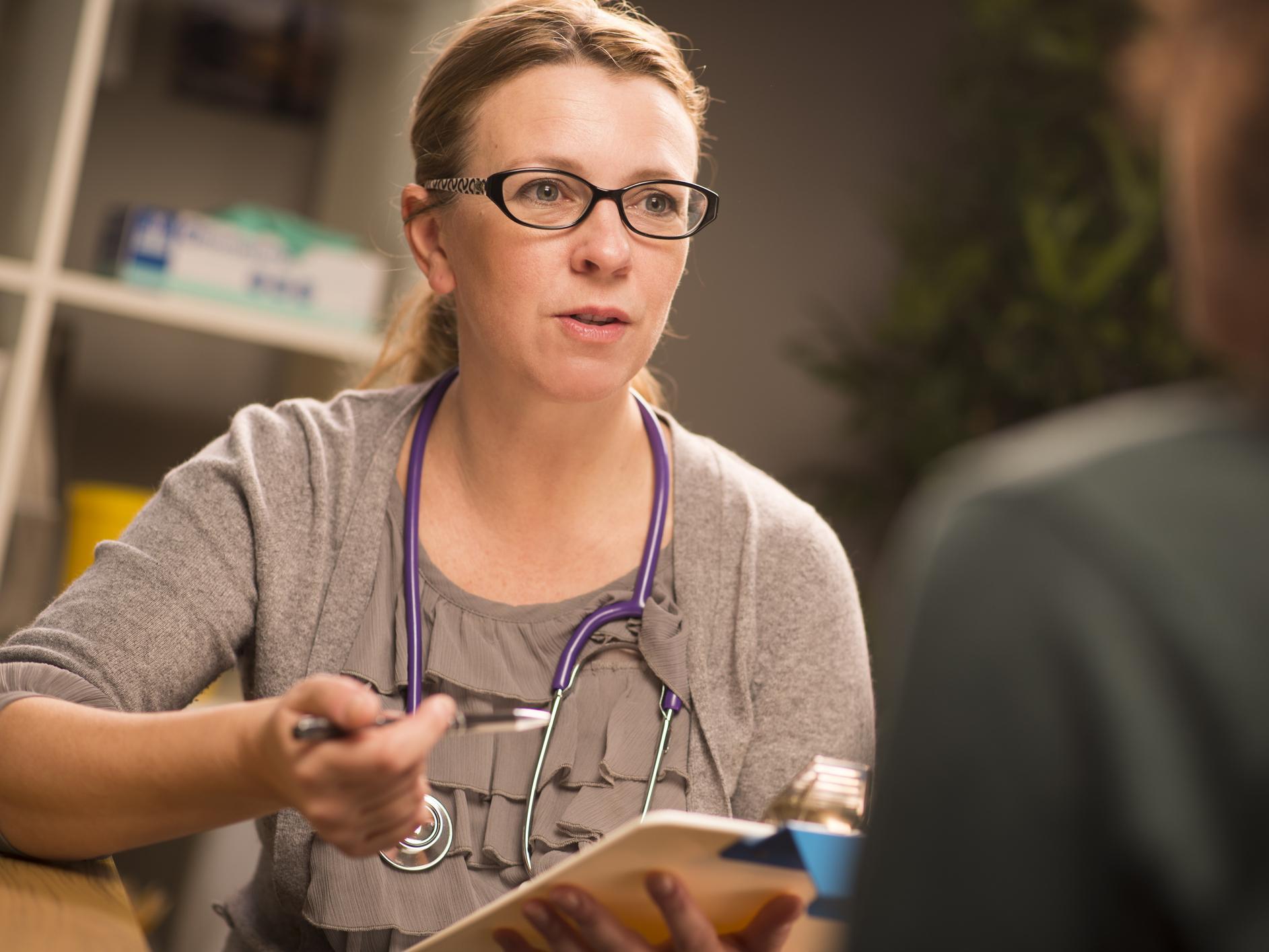Women hospital doctors paid nearly 19 per cent less than men, government review finds
‘This review shows how far we still have to go before doctors are paid according to their skills, their job role and their hours, and not their gender or desire to have children,’ says British Medical Association

Women hospital doctors are paid nearly 19 per cent less than men due to inflexible working conditions for women with children, a government review has found.
The Department of Health and Social Care’s study discovered female GPs earn 15 per cent less and clinical academics earn almost 12 per cent less than their male counterparts.
Researchers found the gender gap is higher within medicine than in other sectors — a stark rise from the eight per cent gap for teachers and two per cent gulf for accountants.
The British Medical Association, the professional association for doctors who were involved in the review, called for immediate action in the wake of the new figures which are based on full-time equivalent pay.
Dr Helena McKeown, the association’s representative body chair, said: “Paying doctors, indeed anyone, different amounts for the same job, because of their sex, has been illegal for over 45 years. And yet in effect it’s still happening in the medical profession.
“This review shows how far we still have to go before doctors are paid according to their skills, their job role and their hours, and not their gender or desire to have children.
“It’s shocking that even ten years after the Equality Act and 45 years after the Sex Discrimination Act, that the scale of the gender pay gap in the medical profession is so stark. It is an illustration of how far we still have to go to achieve equality in the profession. We must learn from this review and make sure we finally put actions into place to deal with this.”
The review called for an overhaul of the working culture to ensure career and pay handicaps which part-time doctors endure are eradicated.
It unveiled a number of recommendations such as career breaks not damaging workplace progression, breaking down obstacles which put women off going into particular areas of medicine such as surgery, or getting to the most senior roles, more NHS nurseries delivering out-of-hours cover for those doing shift work, and pay transparency.
Professor Dame Jane Dacre, who chaired the review, said: “The causes of the gender pay gap in medicine are complex and wide ranging and will require a system-wide effort to tackle.
“This pioneering review has uncovered the underlying causes and made recommendations for government, employers and the profession to address the pay gap.”
She said she was pleased the health secretary has pledged to address the critical issue and this will help to ensure more talented women work in the NHS.
A recent report found women are substantially underrepresented in senior positions across the NHS, despite accounting for 75 per cent of the health service's workforce.
Researchers at the NHS Confederation, the membership body for organisations that provide NHS services, found just one in four chief financial officers for NHS trusts is a woman, and just over a quarter of medical directors. The lowest proportion of women in board-level positions was at ambulance trusts, at just 39 per cent.
Health professionals argued it was critical for NHS leaders to be representative of the population it looks after as they hit out at the report’s findings at the time.
It came after a report by Unison last year found NHS workers including nurses and cleaners have suffered “serious” sexual harassment in the workplace, including groping and rape.
The study of 8,000 healthcare workers by the leading union revealed being leered at or subjected to offensive “banter” were regular problems for many healthcare staff - with sexual harassment committed by other workers, contractors or patients.
Join our commenting forum
Join thought-provoking conversations, follow other Independent readers and see their replies
Comments

Bookmark popover
Removed from bookmarks